Abstract
This paper introduces the concept of the Rhino Economy as an analytical and inspirational framework for understanding Mozambique’s current stage of economic transformation. The metaphor of the rhinoceros captures the country’s quiet power, resilience, and deliberate pace toward structural change. By blending cultural ethos, empirical data, and ethical imperatives, the study positions Mozambique as a nation moving from fragility to endurance, from dependency to self-determination. The discussion integrates macro-economic indicators, institutional reforms, and regional linkages to present a comprehensive picture of an economy defined not by speed, but by sustainability and focus.
Introduction
Mozambique’s economy has often been described through the language of potential and paradox: rich in resources yet burdened by structural weaknesses; endowed with a long coastline and ports yet constrained by infrastructure and governance challenges. The metaphor of the Rhino Economy reframes this narrative. Like the African rhinoceros, Mozambique’s growth is measured, resilient and grounded in purpose. The rhino neither races nor retreats, it advances with focus, confidence, and instinctive awareness of its terrain. “Indeed, with hardship comes ease” (Qur’an 94:6). This guiding principle encapsulates Mozambique’s economic journey: each cycle of crisis – civil war, debt distress, pandemics, or climatic shocks – has been followed by renewal, institutional strengthening, and strategic recalibration.
Historical and Economic Context of Mozambique
Since independence in 1975, Mozambique has transitioned from a centrally planned system to a market-based economy, with liberalization accelerating in the early 1990s. Following the 1992 Peace Accord, GDP grew at an average of 7 percent for nearly two decades (World Bank, 2024). However, the so called hidden-debt crisis of 2016, cyclones Idai and Kenneth in 2019, the COVID-19 pandemic and the Cabo Delgado insurgency disrupted this trajectory.
By 2025, Mozambique’s population had reached approximately 35.6 million, with 44 percent under age 15 and a median age of 16.5 years (United Nations, 2025). Such demographics represent a vast latent asset if harnessed through education, skills and entrepreneurship.
Recent macroeconomic data show stability returning. Inflation moderated to 4-5 percent in 2025, and the Banco de Moçambique reduced its policy (interest) rate from 17.25 percent (2022) to 9.75 percent (September 2025) to stimulate private-sector credit (BdM, 2025). Real GDP growth is projected at 2.5-3 percent for 2025, with acceleration expected as LNG operations and service sectors expand.
Theoretical Framework: Ethos, Logos, and Pathos of the Rhino Economy
Ethos:The Moral Foundation
The Rhino Economy draws from Mozambique’s ethical and cultural DNA. Ubuntu “I am because we are” and Amanah (the Qur’anic principle of stewardship) define a social contract grounded in shared responsibility and integrity. Following the hidden-debt scandal, fiscal transparency, anti-corruption reforms and judicial accountability became moral imperatives. “Allah commands you to render trusts to whom they are due” (Qur’an 4:58). Thus, economic policy is framed as ethical leadership, where public trust is both a moral and financial asset.
Logos: The Structural Logic
The rhino’s deliberate movement symbolizes structural transformation rather than short-term acceleration. Mozambique’s comparative advantages (energy, ports, minerals, fertile land, and youth) require disciplined sequencing: building power and logistics infrastructure first, then layering industry, finance and services.
Pathos: The Emotional Narrative
The emotional resonance of the Rhino Economy lies in collective endurance. Generations that survived war and austerity continue to rebuild homes, farms and enterprises. The narrative restores dignity to production, discipline to consumption and hope to participation.
Empirical Analysis and Current Economic Indicators
| Indicator | 2024 / 2025 Estimate |
| Real GDP Growth | ≈ 2.5 % (2025 proj.) |
| Inflation Rate | 4 – 5 % |
| Policy Rate (MIMO) | 9.75 % (Sep 2025) |
| Population | 35.6 million (2025) |
| Poverty Rate | ≈ 63 % (2022) |
| Electricity Access | 36 % (2023) |
| Port Throughput (Maputo) | 30.9 Mt (2024) |
| LNG Exports (Coral Sul FLNG) | 5 Mt (2022 – 24 cumulative) |
Source:
These figures reveal a gradual but firm macro-recovery. Mozambique’s disinflation trend and monetary easing indicate growing policy credibility. Simultaneously, sustained investment in power, transport and energy exports suggests structural momentum.
Strategic Pillars of Transformation
Value-Driven Industrialization
Mozambique’s comparative advantage in natural gas, hydropower, coal, aluminium and graphite positions it for diversified industrialization. The Coral Sul FLNG facility (Area 4, ENI) reached full capacity in 2024, exporting 5 million tons of LNG under a 20-year BP offtake agreement (ENI, 2024). The Mozambique LNG project (TotalEnergies) is expected to resume construction in late 2025, while Rovuma LNG (ExxonMobil) targets a 2026 final investment decision.
Downstream, MOZAL continues to anchor aluminium exports (US $1.41 billion in 2023), while coal and LNG together exceeded US $4.7 billion (OEC, 2024). The goal of the Rhino Economy is to channel resource revenues into manufacturing corridors such as gas-to-power, fertilizer, metal fabrication and agro-processing, generating multiplier effects across sectors.
Human Capital and Skills Renaissance
Agriculture remains Mozambique’s largest employer, absorbing about 65 – 70 percent of the labour force. Yet productivity lags due to low mechanization and climate vulnerability.
Demographically, the youth bulge demands investment in technical and vocational education (TVET), entrepreneurship and digital skills. As the Qur’an reminds, “He who gives life to a land after its death, likewise can revive its people” (30:19); human capital is the soul of structural transformation.
Ethical and Inclusive Finance
After a decade of turbulence, Mozambique’s financial system is re-anchored in credibility. The BdM’s policy-rate reduction to 9.75 percent and inflation near 4 percent create space for SME lending and mortgage expansion. The IMF’s (2024) debt-sustainability analysis still classifies risk as high, with external public debt around 53 percent of GDP, but improving governance and LNG-linked revenues could restore sustainability.
Emerging opportunities lie in Islamic-finance instruments (murābaḥah, ijārah, and mushārakah mutanāqiṣah) for ethical housing and SME support, aligning with both Shariah principles and national development goals.
Regional Integration and Infrastructure
Mozambique’s geography, stretching 2,800 km of coastline, makes it Southern Africa’s natural maritime gateway. The Maputo Port handled 30.9 million tons in 2024; Nacala processed 1.4 million tons of containerized cargo and a record 647 kt of general freight. Beira and Nacala corridors posted double-digit growth, linking the DRC, Malawi, Zambia and Zimbabwe to the Indian Ocean.
The Mphanda Nkuwa hydropower project (1,500 MW) scheduled for 2031, combined with grid extensions, will position Mozambique as a regional energy hub (Ministry of Energy, 2025). Such infrastructure embodies the Rhino Economy’s philosophy: slow, deliberate builds that yield intergenerational returns.
Policy Implications and Guiding Principles
In the vision of a Rhyno Economy, macroeconomic stability transcends mere technical management of fiscal and monetary variables; it becomes a moral duty. Maintaining low inflation, prudent debt levels and disciplined public spending is not only an economic imperative but also an ethical obligation toward future generations. A state that borrows beyond its means or tolerates chronic inflation undermines the social contract and erodes the trust that anchors both citizenship and investment. Thus, fiscal discipline and transparent monetary governance form the moral backbone of national resilience.
Transparency and Accountability as Foundations of Trust
Equally central to this paradigm is the commitment to transparency and accountability. Accountability is not punitive in nature; it is restorative, aimed at rebuilding public trust and demonstrating that no one, regardless of status or office, is above the law. In moral terms, it represents the transition from opacity to light, a step necessary for a dignified and self-reliant economy.
Inclusive Development and Spatial Justice
A Rhyno Economy must also embody inclusive development, ensuring that growth is not geographically concentrated but rather extended to the most disadvantaged provinces such as Nampula and Zambézia. These regions, where poverty levels remain high, should become laboratories for participatory growth through the construction of feeder roads, irrigation networks, and localized micro-finance schemes that empower small producers and entrepreneurs. Inclusive development is not charity; it is structural justice, i.e., the translation of macroeconomic growth into tangible human progress.
Regional Corridors as Growth Arteries
Mozambique’s strategic geography confers upon it the role of a bridge economy connecting landlocked neighbors to global markets through its ports and corridors. To sustain this role, it is essential to simplify border procedures, harmonize customs regulations and modernize logistics infrastructure along regional transport corridors such as Maputo, Beira and Nacala. These arteries of growth not only facilitate trade but also symbolize the country’s vocation as a regional integrator, transforming geography into prosperity and connectivity into peace.
Sustainability and the Blue Economy
Finally, the Rhyno Economy calls for a deep commitment to environmental sustainability and the blue economy. As a nation with over 2,800 kilometers of coastline, Mozambique’s future is inseparable from the health of its marine and coastal ecosystems. Protecting mangroves, promoting ethical tourism and developing sustainable fisheries are not simply conservation measures, they are acts of guardianship consistent with the rhino’s symbolism of strength, patience and stewardship. The true measure of prosperity lies not in the exhaustion of resources but in the wisdom with which they are preserved for generations yet unborn.
Discussion: The Symbolism of Strength and Patience
In management science, Peter Drucker (1959) noted that effectiveness is “doing the right things,” not merely “doing things right.” The Rhino Economy embodies this: Mozambique’s progress lies not in explosive GDP spikes but in structural correctness, i.e., reliable ports, predictable inflation and transparent institutions.
African philosophy teaches that “the river is made not by one drop, but by many that refuse to stop flowing.” Each reform, policy adjustment and infrastructure project forms part of that flow. The Qur’an reinforces patience as a productive force: “Indeed, Allah is with those who are patient” (2:153). Economic transformation, therefore, is not a sprint but a covenant between generations.
Instead of a Conclusion: The Charge of the Rhino
Mozambique’s economic story is one of endurance and renewal. From post-war reconstruction to today’s diversification drive, the country demonstrates the qualities of the rhino, i.e., thick-skinned yet sensitive to direction, slow but unstoppable once in motion. “Verily, Allah will not waste the reward of those who do good” (Qur’an 9:120).
If the nation sustains ethical governance, human-capital investment and regional integration, Mozambique will move from the periphery to the center of Southern African growth. The Rhino Economy thus stands as both a metaphor and a manifesto: strength with focus, resilience with direction, growth with conscience.
References
African Development Bank. (2024). https://www.afdb.org/en/news-and-events/press-releases/mozambique-african-development-bank-approves-54-million-loan-mozambiques-first-wind-energy-project-76208
Banco de Moçambique (BdM). (2025). Monetary policy committee statement, September 2025. Maputo. https://www.bancomoc.mz/en/media/highlights/mimo-policy-rate-reduced-to-9-75/
Drucker, P. F. (1959). The Landmarks of Tomorrow. Harper & Row.
International Labour Organization. (2024). Labour market indicators: Mozambique country profile. ILO Data Portal. https://rshiny.ilo.org/dataexplorer07/?lang=en&segment=indicator&id=EAP_DWAP_SEX_AGE_RT_A&ref_area=MOZ
International Monetary Fund. (2025). Mozambique: 2025 Article IV Consultation – Staff Report. Washington, DC: IMF. https://www.imf.org/en/Publications/CR/Issues/2024/07/12/Republic-of-Mozambique-2024-Article-IV-Consultation-Fourth-Review-Under-the-Three-Year-551839
Observatory of Economic Complexity (OEC). (2024). Mozambique export profile 2023. https://oec.world/en/profile/country/moz
United Nations. (2025). World Population Prospects 2024 Revision. New York: UN DESA. https://population.un.org/wpp/graphs?loc=508&type=Demographic%20Profiles&category=Line%20Charts
World Bank. (2024). Mozambique Economic Update: Consolidating Stability and Resilience. Washington, DC: World Bank. https://documents1.worldbank.org/curated/en/099550103092314496/pdf/IDU0a06fd8fc08d5604d740941803b1a33a5bdf6.pdf
World Bank. (2025). Global Economic Prospects: Sub-Saharan Africa Section. Washington, DC: World Bank. https://openknowledge.worldbank.org/server/api/core/bitstreams/8322b452-2d9c-4708-9fa7-425245c58a7d/content
Appendix 1:
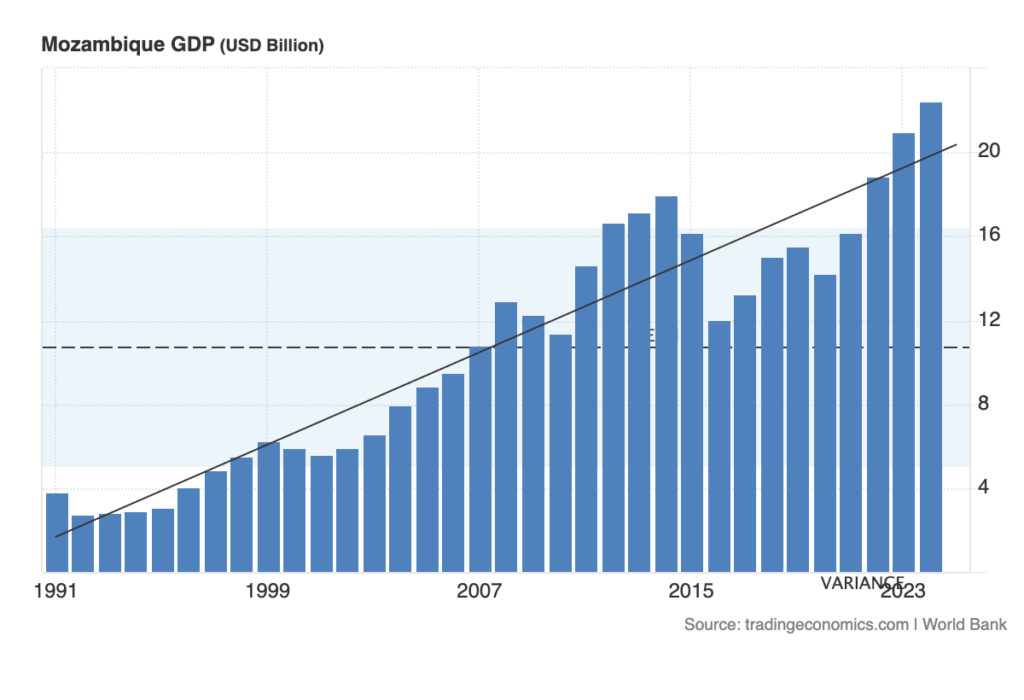
Appendix 2:
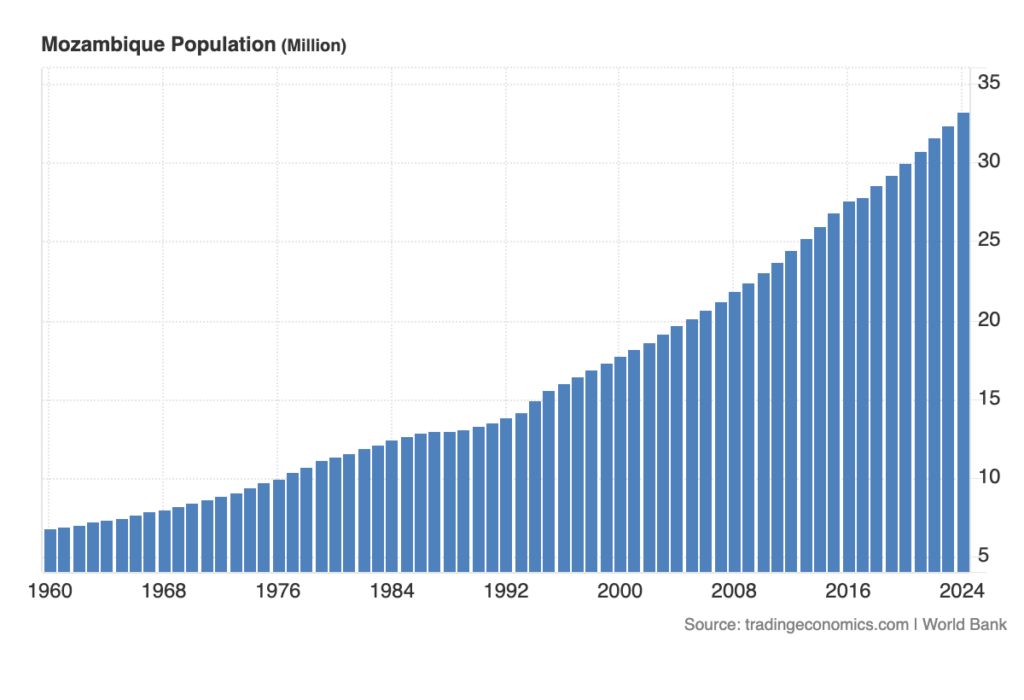
Appendix 3:
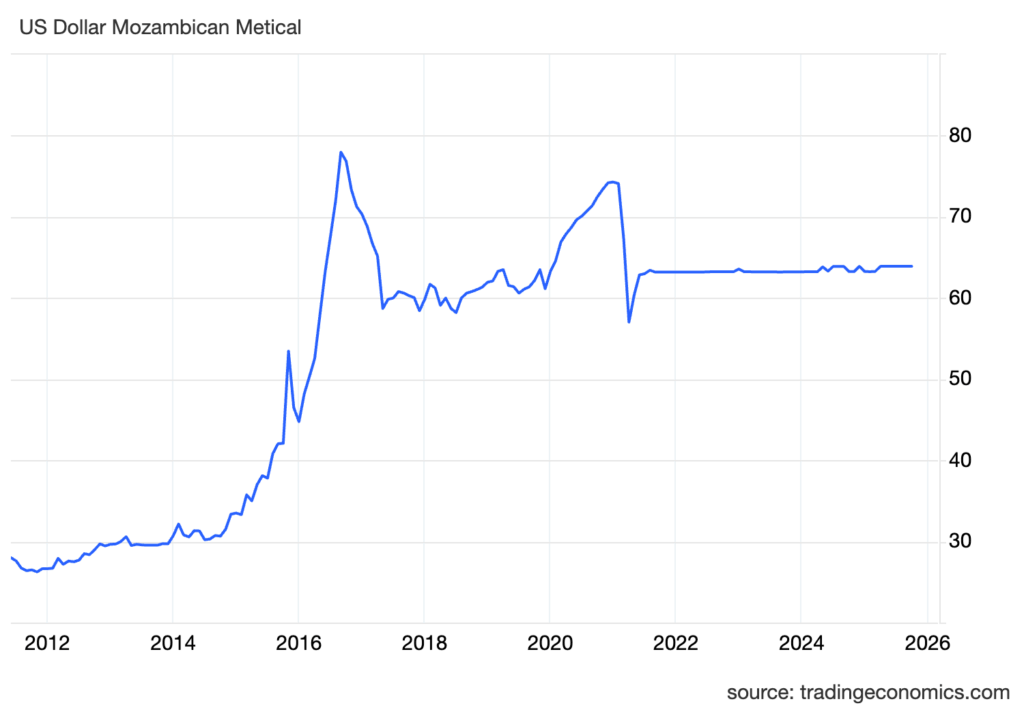
Appendix 4:
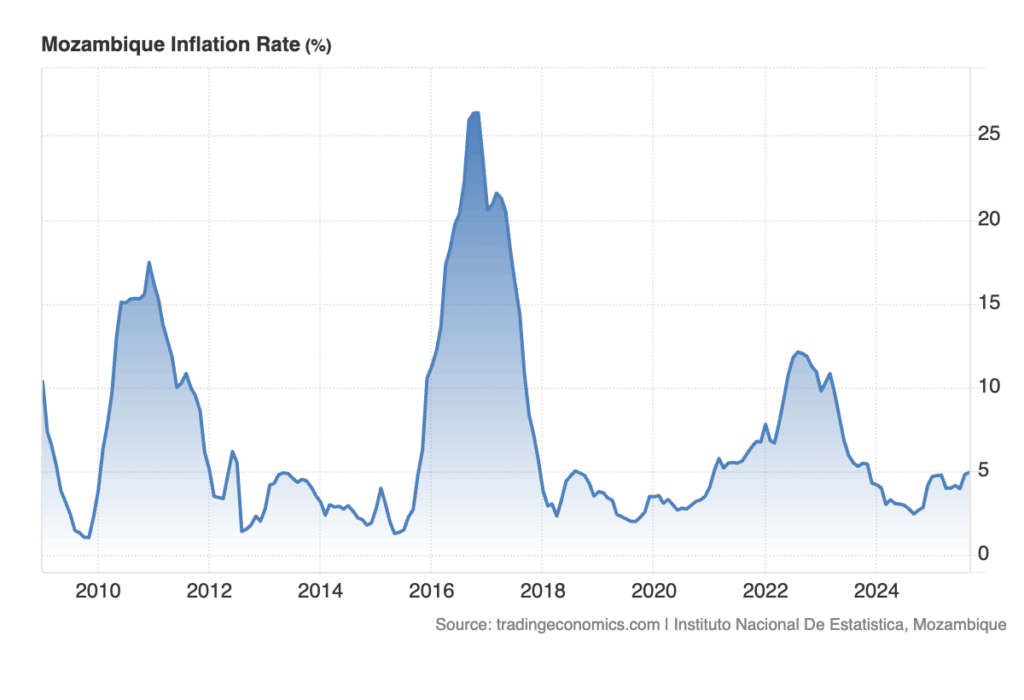
Appendix 5:
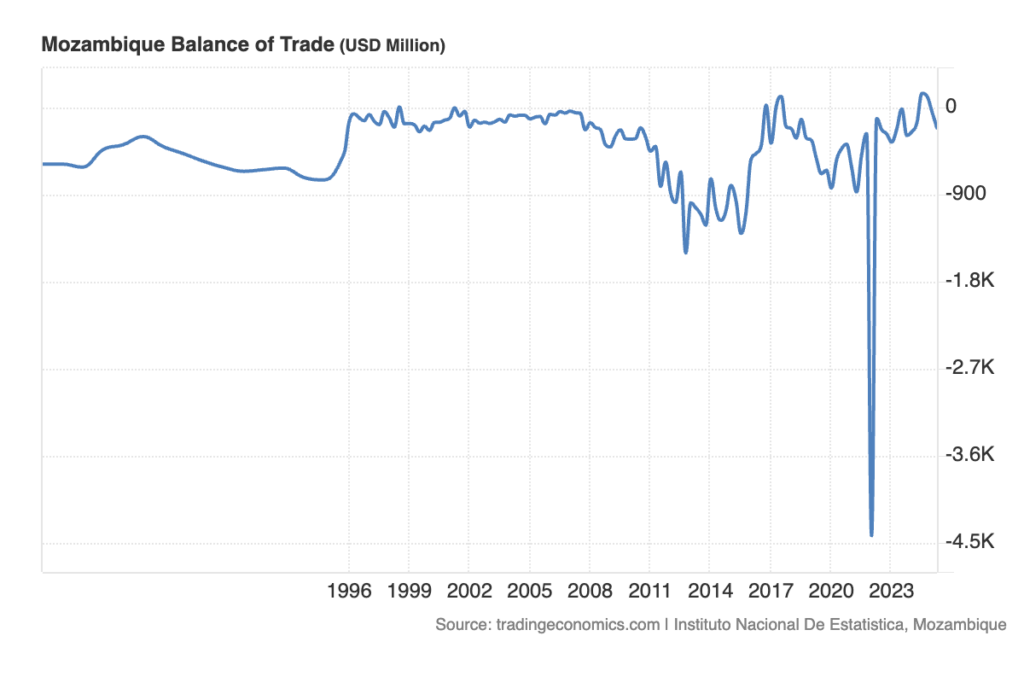
Appendix 6:
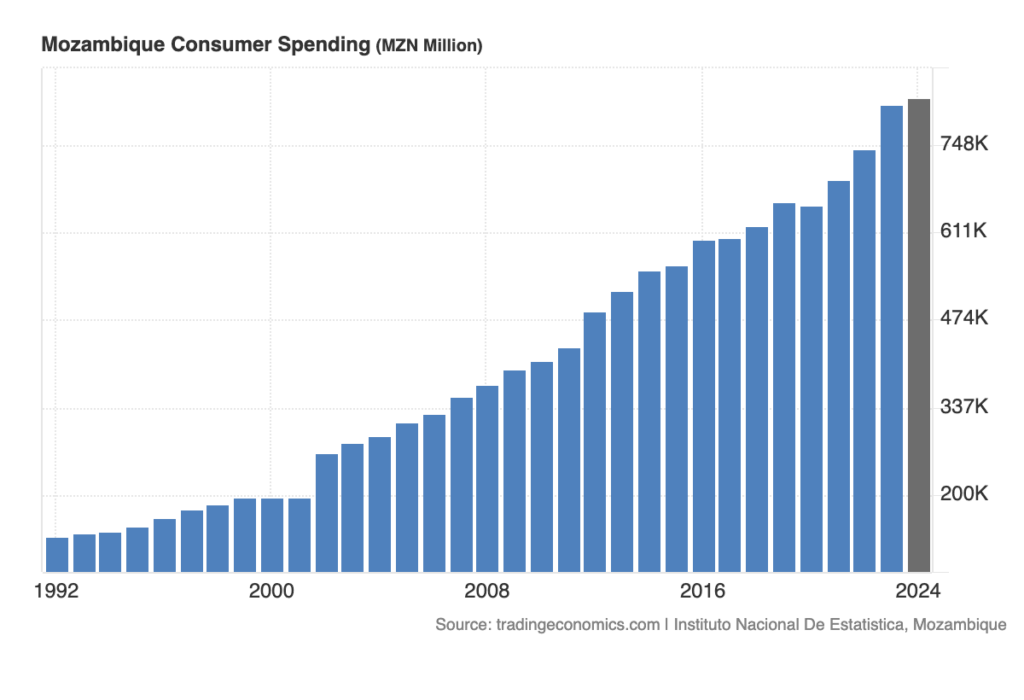
Appendix 7:
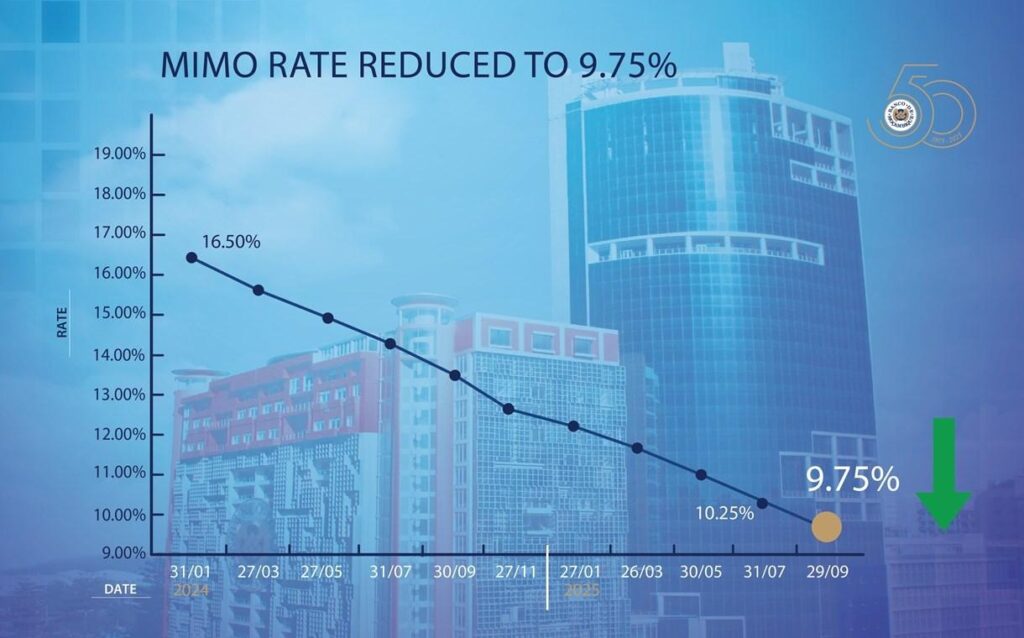
Source: Banco de Moçambique
Appendix 8:

Appendix 9:

The Rosario Foundation
future@TheRosarioFoundation.org
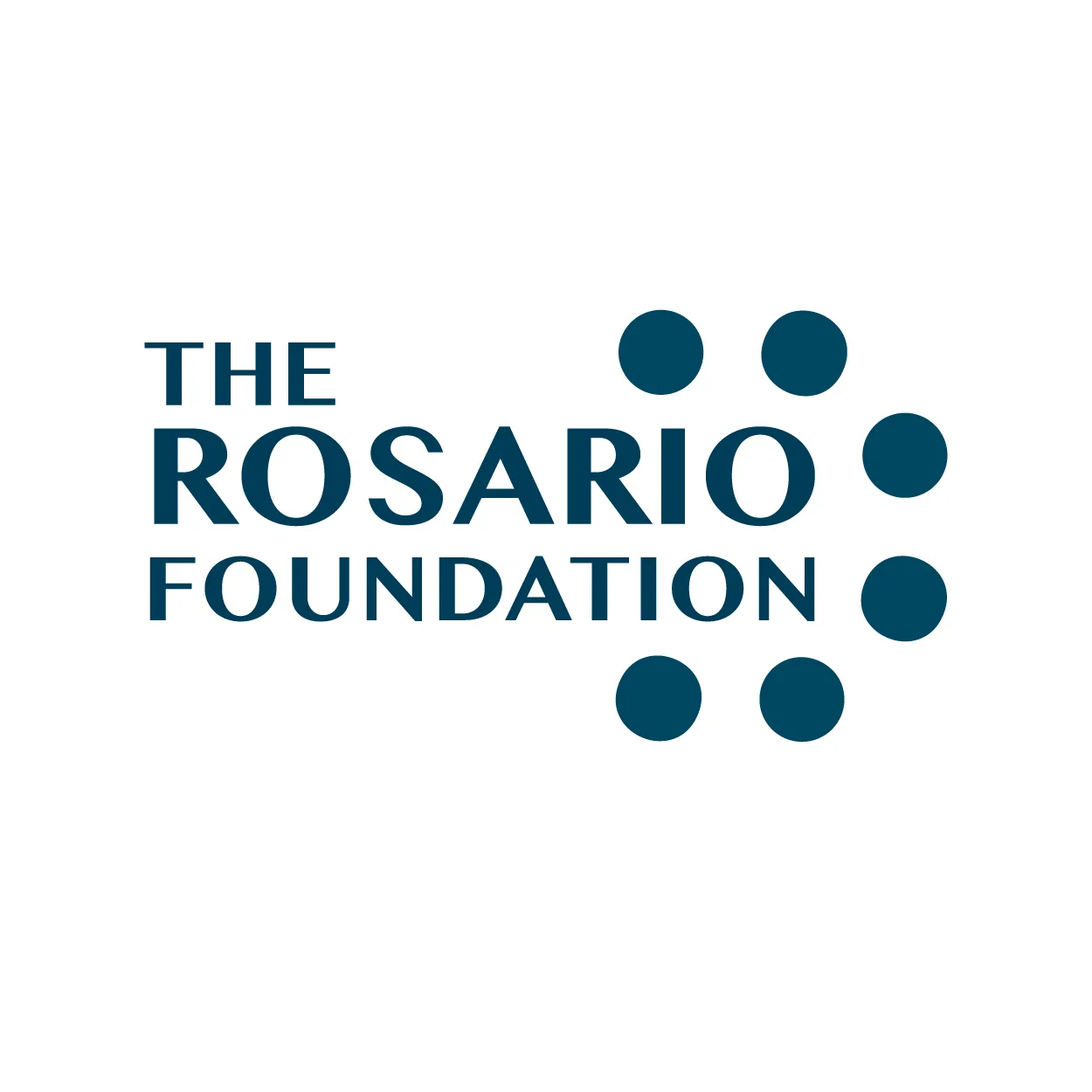
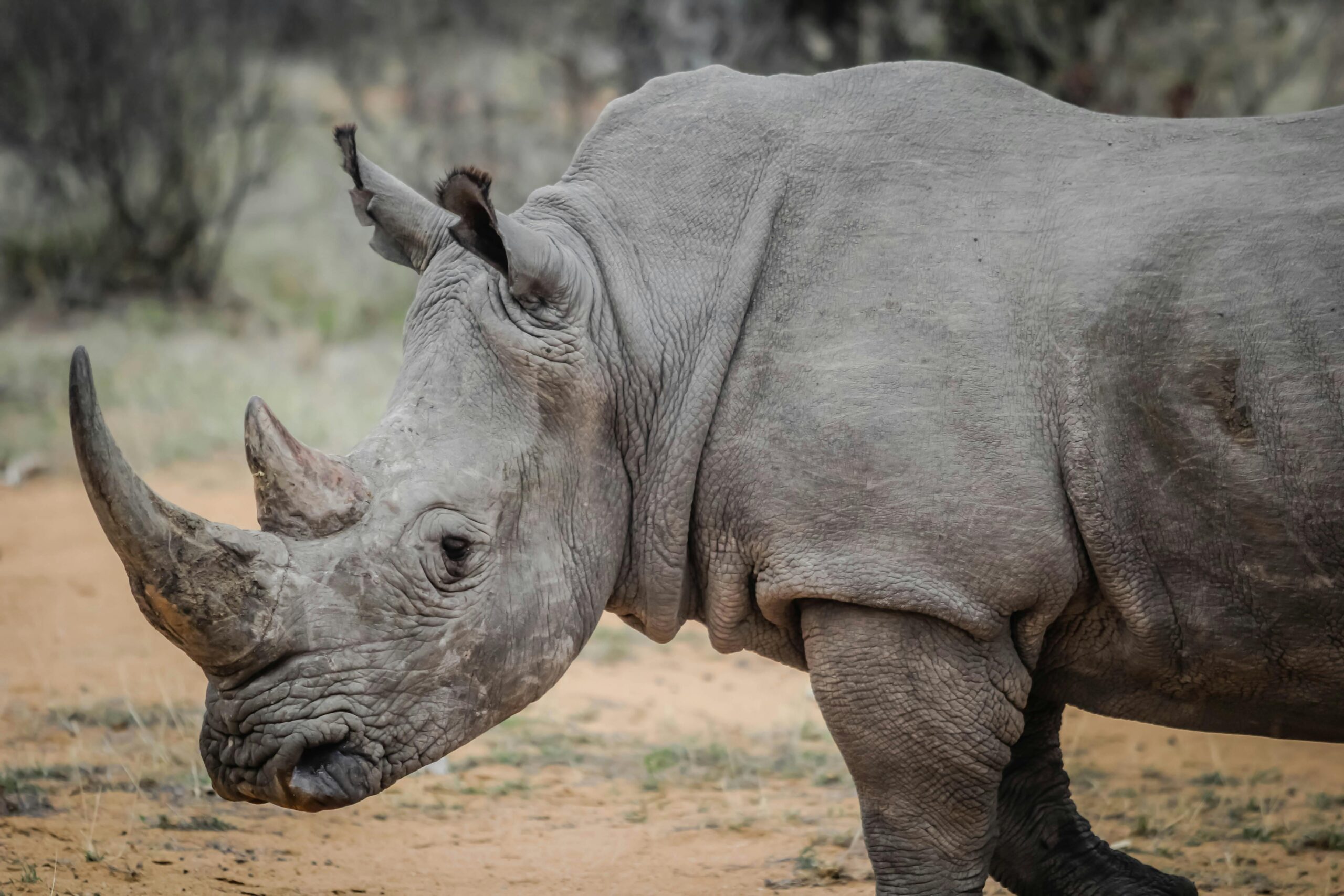

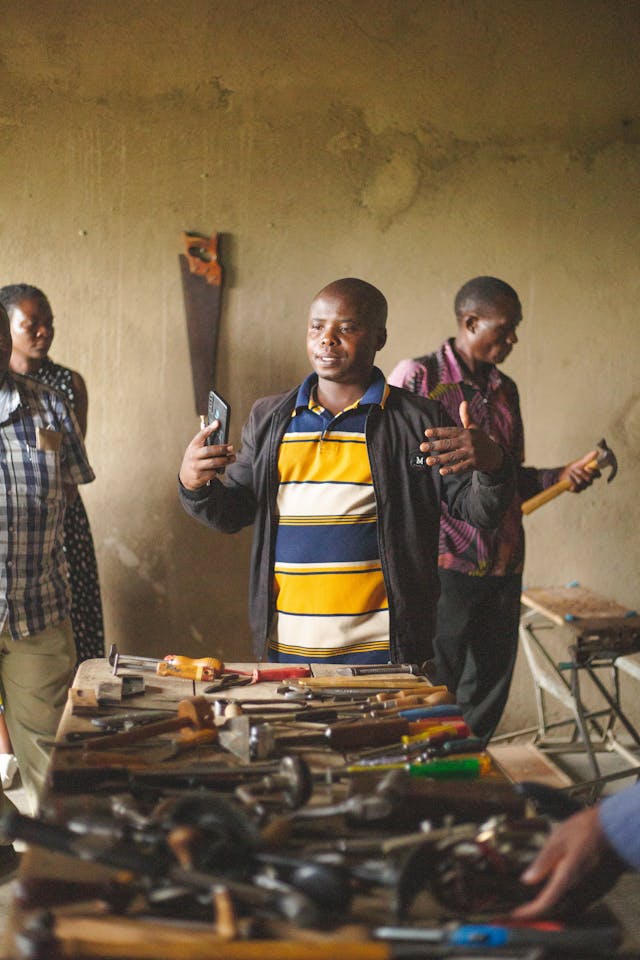
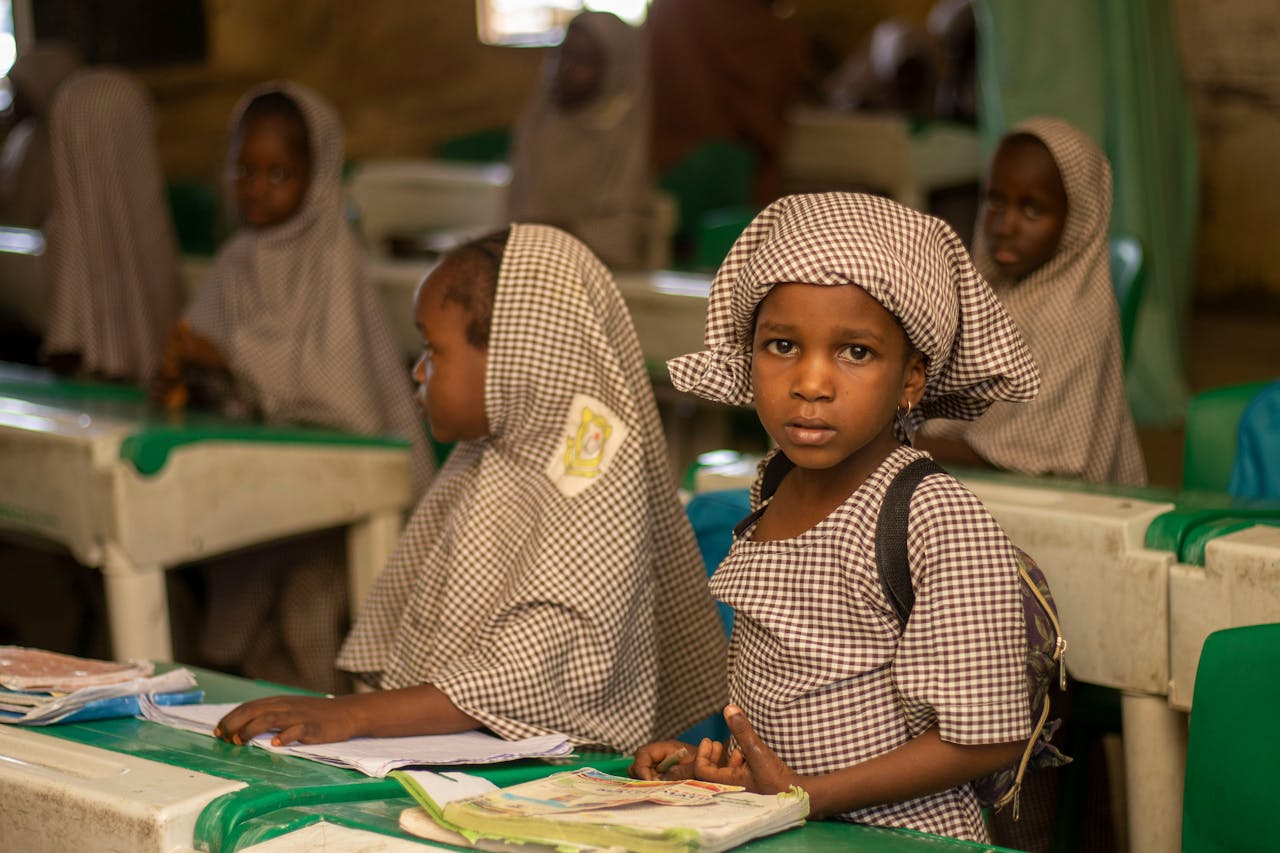
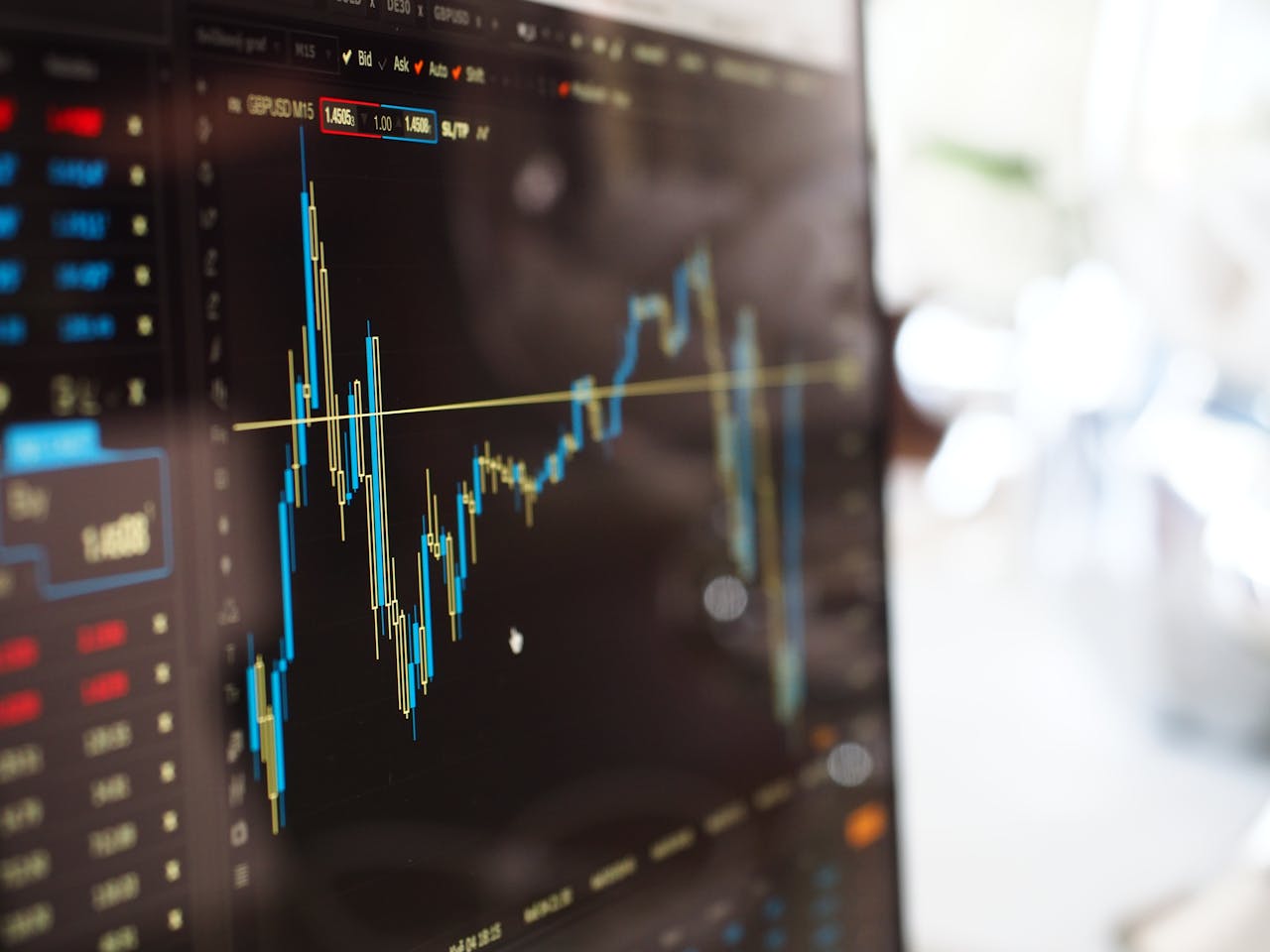
Leave a Reply